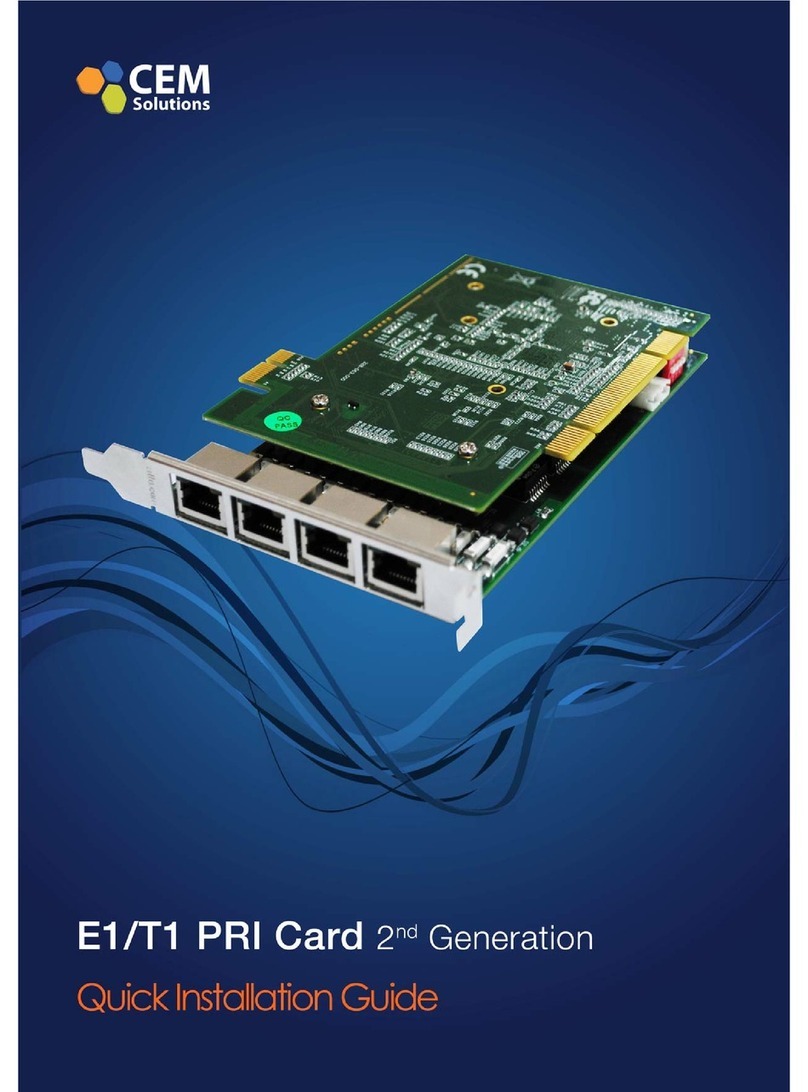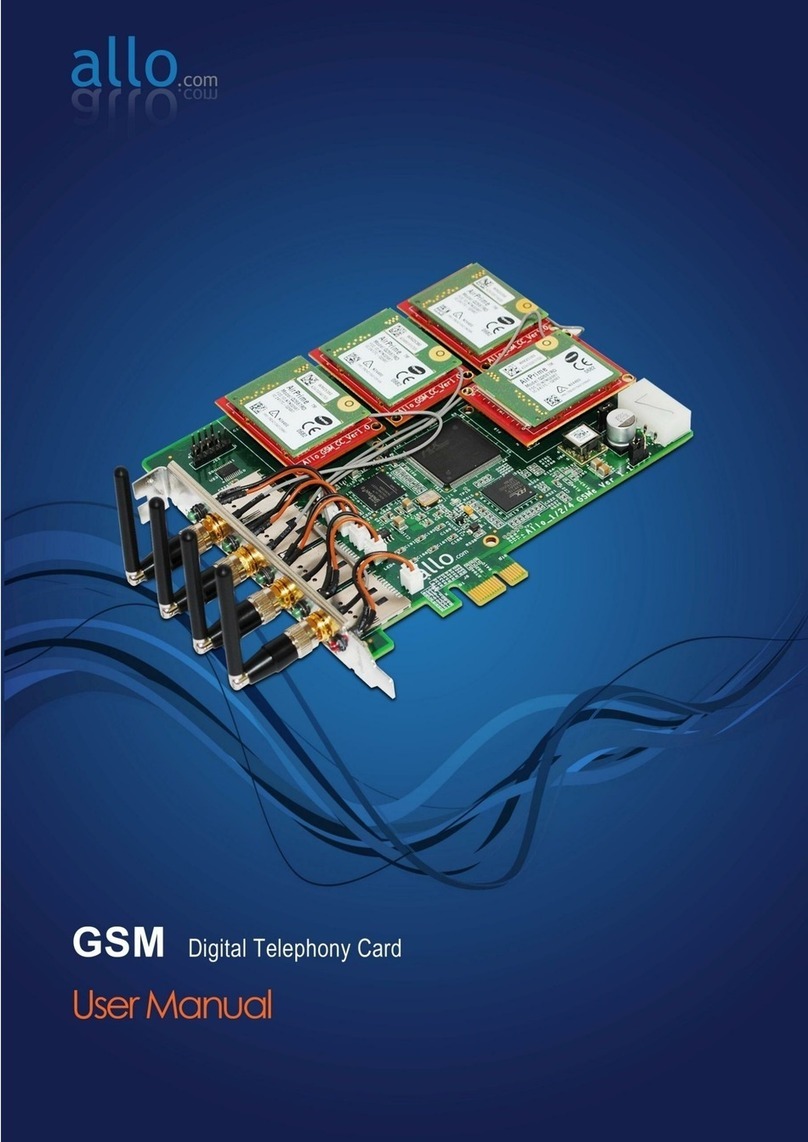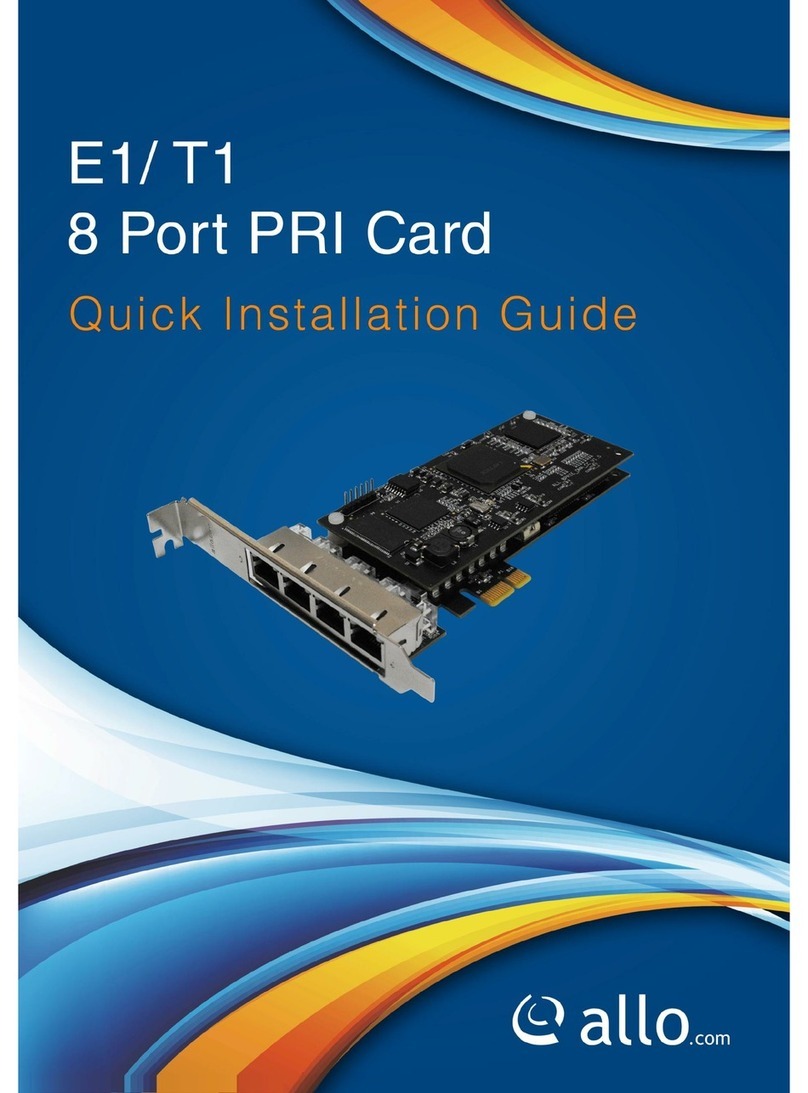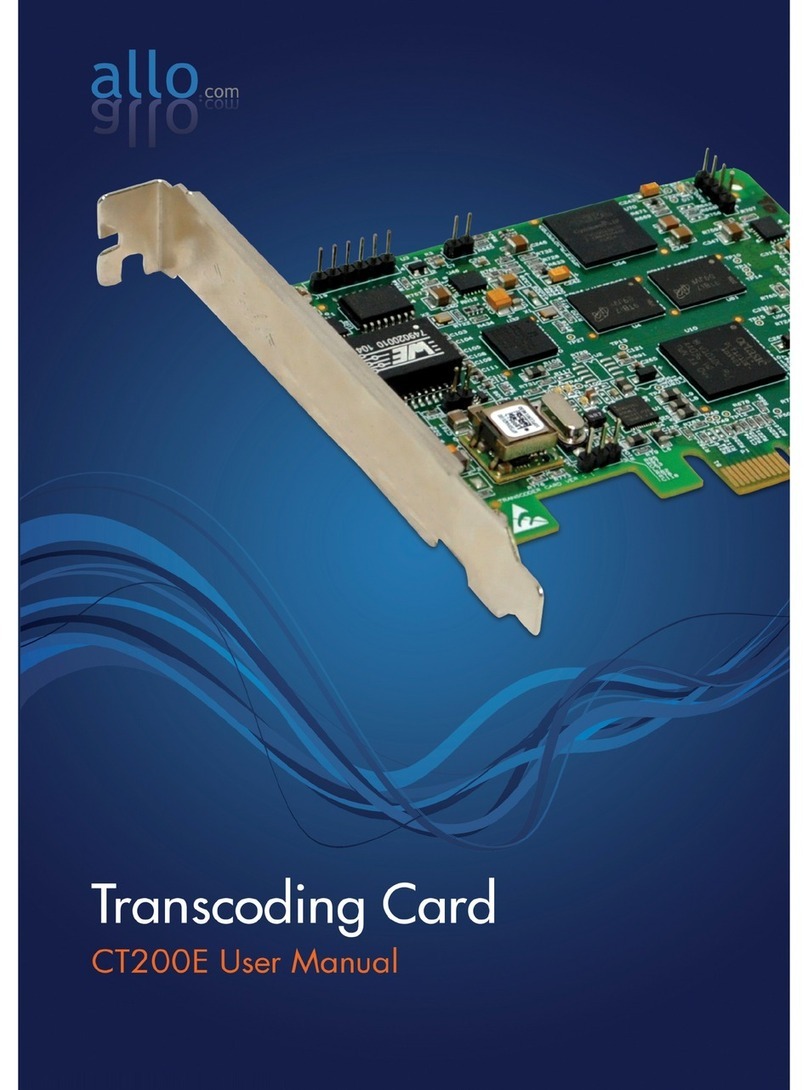
Table of Contents
Overview.........................................................................................................4
Features ................................................................................................................. 4
Card Installation.............................................................................................5
Unpacking the Card .............................................................................................. 5
Shipment Inspection............................................................................................. 5
Hardware Installation:........................................................................................... 5
Indication LEDs:.................................................................................................... 6
GSM modules and SIM cards............................................................................... 7
Introduction of GSM Module:............................................................................... 8
Features: ...........................................................................................................................8
Target Applications:...........................................................................................................8
Hardware Setup procedure .................................................................................. 9
Software Installation........................................................................................... 10
Installation Test Environment considered .........................................................................10
Hardware detection...........................................................................................................10
Dependencies installation .................................................................................................12
Compiling & Installation of Asterisk.................................................................. 13
GSM Driver Installation....................................................................................... 14
Manually Load chan_gsm driver .....................................................................................14
Sample Configuration......................................................................................... 15
Sample extensions.conf ..................................................................................................15
Sample sip.conf...............................................................................................................15
Checking GSM modules & SIP peers using asterisk CLI................................ 16
Limitations....................................................................................................17
Specifications...............................................................................................17
Hardware and Software Requirements...........................................................................18
Reference .....................................................................................................18
Glossary and Acronyms..............................................................................18































